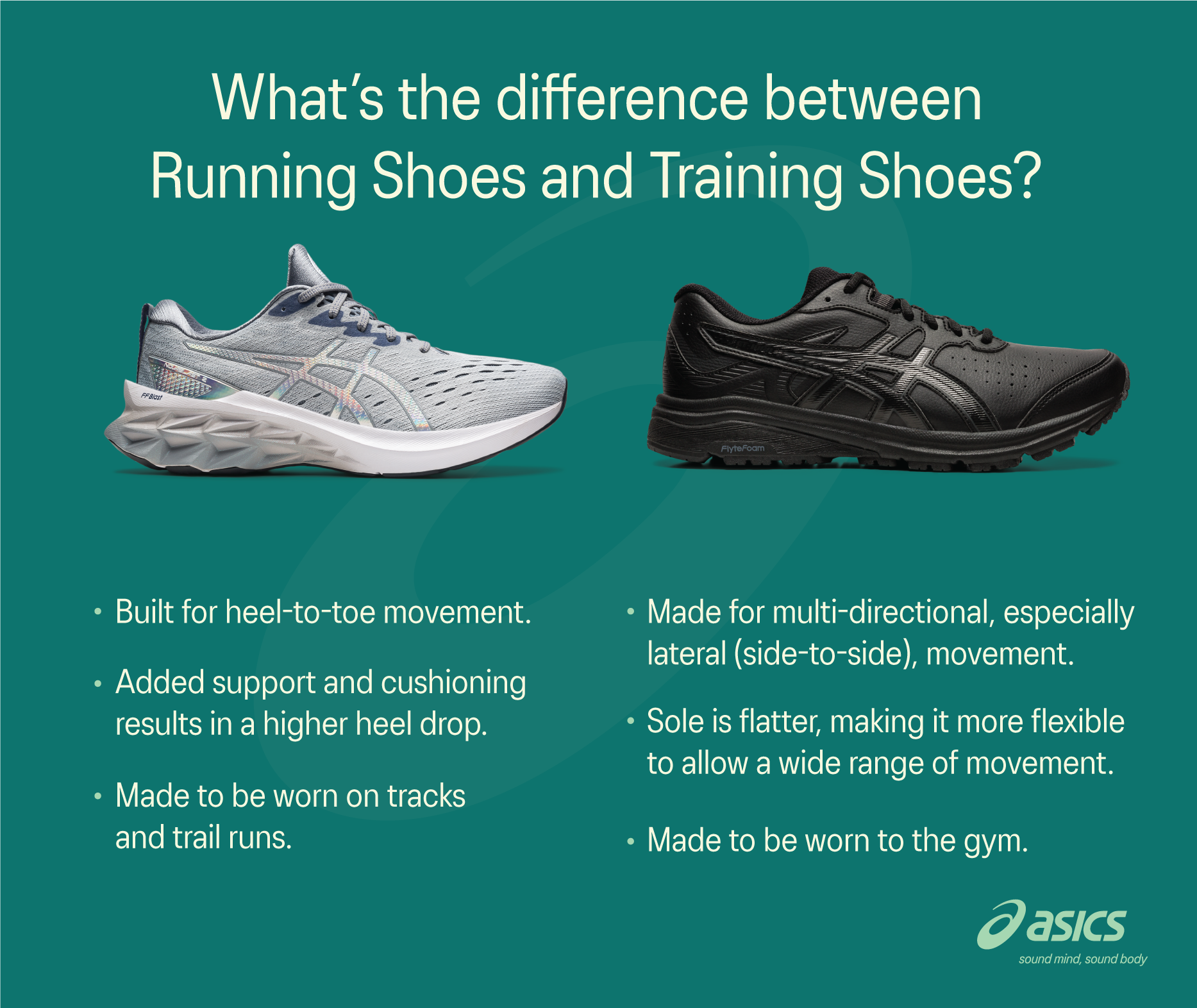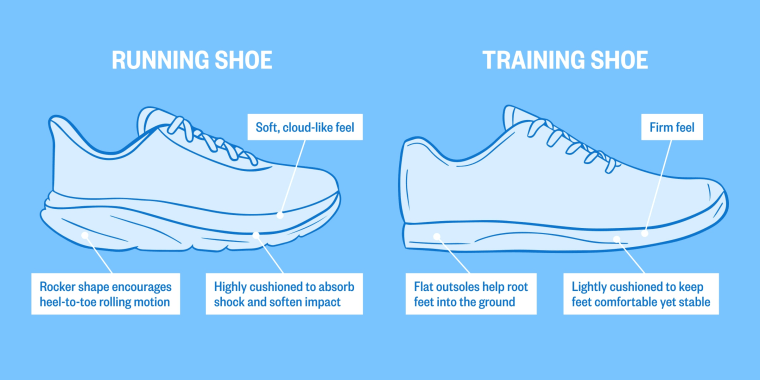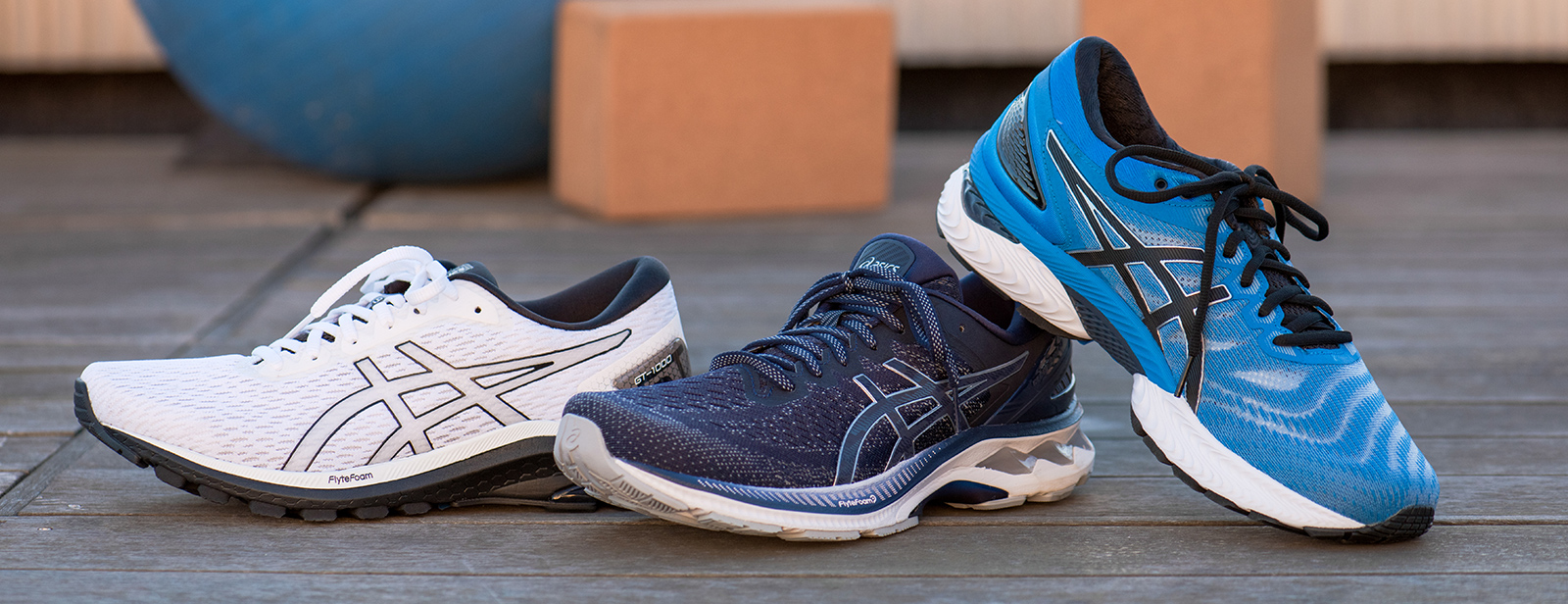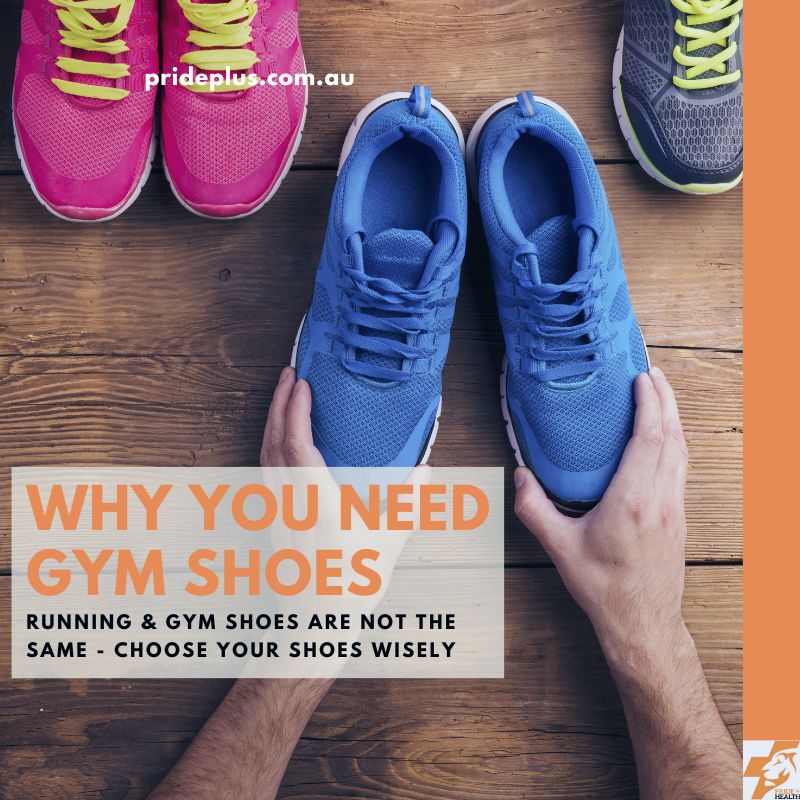Choosing the right footwear can make all the difference in your fitness journey. Whether you’re hitting the pavement for a run or gearing up for a strength training session, understanding the differences between training shoes and running shoes is essential. In this comprehensive guide, we’ll explore these two types of footwear, dissect their features, and help you make an informed decision. Plus, we’ll share personal experiences, case studies, and expert reviews of popular brands on the U.S. market.
Understanding the Basics: What Are Training Shoes?
Training shoes are designed specifically for a variety of physical activities. Unlike running shoes, which focus solely on forward motion, training shoes offer a stable base for lateral movements, jumps, and weightlifting. They are versatile enough to support different exercise routines, making them ideal for cross-training workouts.
Key Features of Training Shoes
- Stability: Training shoes provide a broad base and structured support to withstand lateral movements.
- Support: They often feature added cushioning and arch support tailored to accommodate various foot types.
- Versatility: Designed for multiple activities, from aerobics to high-intensity interval training (HIIT).
Popular Training Shoes in the U.S.
Brands such as Nike, Adidas, and Reebok dominate the training shoe market. For instance, the Nike Metcon series is engineered for cross-training, while the Reebok Nano offers durability and flexibility in a wide range of workouts.

Defining Running Shoes: A Closer Look
Running shoes are crafted primarily for the motion of running. They focus on providing cushioning, support, and a lightweight feel, allowing for efficient forward motion. The design often incorporates advanced technology to cater to different running styles, terranes, and distances.

Key Features of Running Shoes
- Cushioning: Greater emphasis on shock absorption to protect joints during repetitive impact.
- Weight: Running shoes tend to be lighter to reduce fatigue over long distances.
- Heel-to-Toe Drop: A specified height difference between the heel and toe to promote natural foot motion.
Top Running Shoes in America
Popular running shoe brands include Brooks, Hoka One One, and Asics. The Brooks Ghost line is lauded for its plush comfort, while Hoka’s Bondi offers maximum cushioning for long runs.

Training Shoes vs Running Shoes: A Comparison Table
| Feature | Training Shoes | Running Shoes |
|---|---|---|
| Purpose | Versatile exercises | Running & jogging |
| Cushioning | Moderate | High |
| Weight | Heavier | Lighter |
| Support | Multi-directional | Forward motion |
| Durability | High | Varies by model |

Real-World Experiences: Case Studies in Fitness
Case Study 1: CrossFit Enthusiast
John, an avid CrossFit participant from California, shared how transitioning to training shoes improved his performance. Previously using running shoes, he noted instability during weightlifting. After switching to the Nike Metcon, his lifts became more secure, enhancing his overall workout.

Case Study 2: Marathon Runner
Sarah, a marathon runner from New York, found that the Brooks Ghost series supported her long-distance needs perfectly. With its plush cushioning and lightweight design, she could run several miles without discomfort, allowing her to focus on her pacing and stamina.
Choosing the Right Footwear for Your Needs

When deciding between training and running shoes, consider your primary activities. If your workout involves varied exercises like HIIT, Pilates, or weightlifting, training shoes are the way to go. Conversely, if your focus is primarily on running, especially long distances, invest in a quality pair of running shoes.
Pros and Cons of Training Shoes
- Pros:
- Versatile for various workouts.
- Stable and supportive for lateral movements.
- Durable, often lasting through many rigorous sessions.
- Cons:
- May lack the specific cushioning needed for long-distance running.
- Heavier than dedicated running shoes.

Pros and Cons of Running Shoes
- Pros:
- Exceptional cushioning for long-distance running.
- Lightweight to reduce fatigue.
- Designed to promote proper running form.
- Cons:
- Less supportive for lateral movements.
- Not suitable for a wide range of exercises.
Expert Recommendations: Top Brands and Models
Best Training Shoes
- Nike Metcon 7: Perfect for high-intensity workouts with a stable platform.
- Reebok Nano X1: Offers great flexibility and comfort for multi-directional activities.
Best Running Shoes
- Brooks Ghost 14: A favorite among runners for its cushioning and support.
- Hoka One One Bondi 7: Provides maximum cushioning for long-distance runners.
Frequently Asked Questions (FAQs)
1. Can I use running shoes for training?
While it’s possible to use running shoes for training, they may not provide adequate support for lateral movements. For varied workouts, consider dedicated training shoes.
2. Are training shoes good for running?
Training shoes can be used for short runs, but they lack the specific cushioning and support needed for longer distances that running shoes provide.
3. How often should I replace my training and running shoes?
It’s generally recommended to replace your shoes every 300-500 miles for running shoes and every 6-12 months for training shoes, depending on usage and wear.
4. What are the best brands for training shoes in the U.S.?
Top brands for training shoes include Nike, Reebok, and New Balance, known for their performance and durability in cross-training.
5. Can I use training shoes for weightlifting?
Absolutely! Training shoes are designed for stability and support during weightlifting exercises, making them a great choice.
6. What type of running shoes is best for beginners?
Beginners typically benefit from cushioned running shoes with a moderate heel-to-toe drop, such as the Brooks Ghost or New Balance Fresh Foam.
7. How do I determine my foot type for shoe selection?
Understanding your foot type — neutral, pronator, or supinator — helps in selecting the right shoe. A professional gait analysis at a local running store can provide valuable insights.
8. Are minimalist shoes suitable for long-distance running?
Minimalist shoes can be suitable for some runners, but they may not offer enough cushioning and support for longer distances, particularly for beginners.
9. Do I need special socks for training and running shoes?
While standard athletic socks work, consider moisture-wicking or padded socks specifically designed for running or training to enhance comfort and prevent blisters.
10. How do I find the right size for my running or training shoes?
It’s crucial to try shoes at the end of the day when your feet are swollen. Always ensure there’s about a thumb’s width of space between your longest toe and the end of the shoe.
Conclusion
In conclusion, choosing between training shoes and running shoes depends on your specific needs. Each type has its unique advantages, making it essential to identify the primary activities you engage in to find the perfect fit. Whether you’re hitting the gym or the streets, the right footwear can enhance your performance and comfort, ensuring you perform at your best.
Explore various brands, try different fits, and listen to your body. With knowledge and the right tools, you’re set for success in your fitness journey!